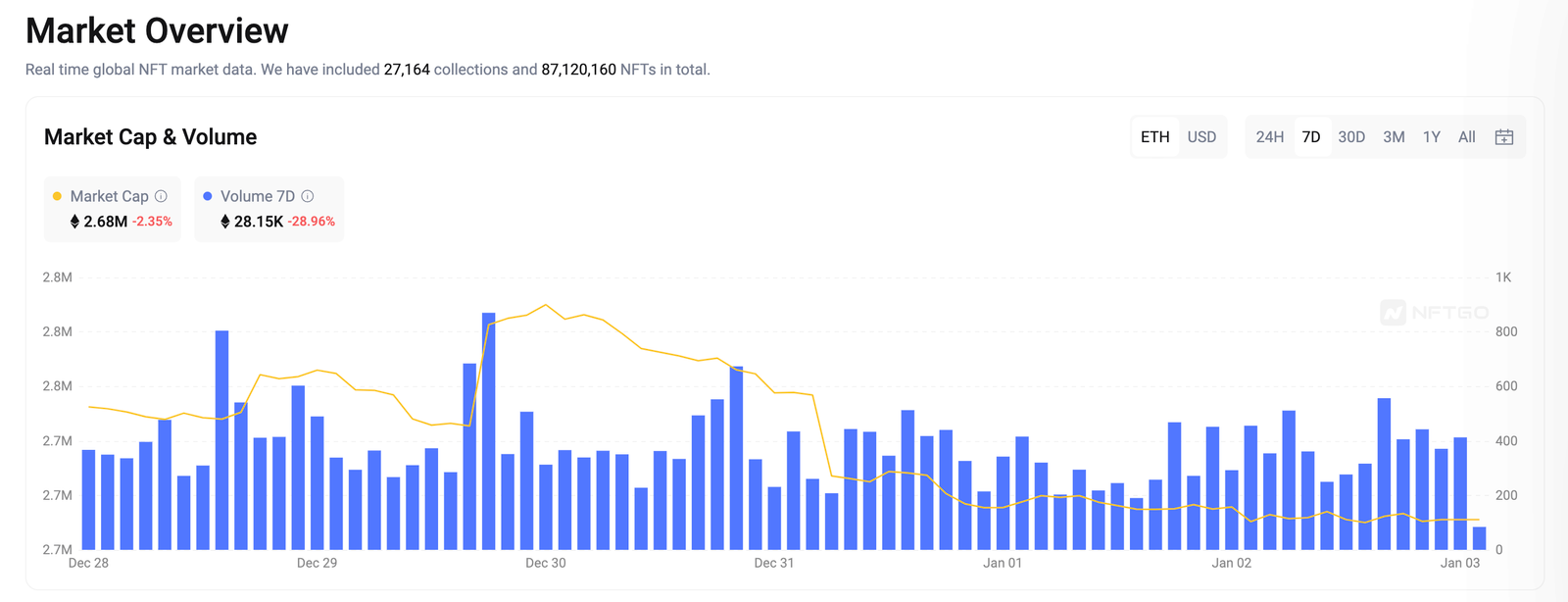Blockchain is a shared and immutable ledger that facilitates the process of recording transactions and tracking assets in a business network.
Types of Information Distribution: Database and Peer-to-Peer
Database

A traditional database operates in a centralized manner, where all information is held on a single server or a set of servers. This creates a single point of failure, meaning if the central server fails, the entire system can stop functioning. Common examples include banks, where all transactions and customer data are maintained on centralized servers, accessible only by the institution.
Characteristics:
-
Centralized
-
Central participant
-
Single point of failure
Peer-to-Peer (P2P)

In the peer-to-peer model, the network consists of multiple nodes connected to each other (Nodes are computers), where each node can act as a point of failure. However, if one node fails, the others continue to function, ensuring the system's resilience and continuity. Information is distributed among all participants, creating a decentralized and secure network. Bitcoin is a notable example of this model.
Characteristics:
-
Decentralized
-
Shared / Distributed
-
Multiple participants
-
Secure
Example
Currently, there are approximately 19,105 Bitcoin nodes around the world. If one node fails, for example, in Argentina, the blockchain will continue to operate normally through to the other nodes in the network.

Hash Function

A hash function is a mathematical function that converts a file of any size into a fixed-size code of letters and numbers, known as a hash. In the context of blockchain, the SHA-256 hash function is widely used in Bitcoin.
A simple example would be converting the data "RocketsTakingOff" into a hash using SHA-256, resulting in a unique and fixed code. The main characteristic of a hash is that the same input always produces the same output.

Blockchain in Detail
L-P-V-P Concept
-
L - Ledger (Transactions)
-
P - Public (Shared/Distributed)
-
V - Verifiable (Traceable)
-
P - Tamper-proof (Security)
How Transactions Work in Blockchain

-
P2P Network: A financial payment between two people is initiated (e.g., a deposit or transfer).
-
Communication: The transaction records are encrypted and stored in a block.
-
Validation: A hash is generated for the block, which includes all transaction records, including the new one.
-
Verification: Miners verify the block to ensure the records and hash are correct.
-
Confirmation: Once verified, the block is added to the blockchain, completing the transaction.
Blockchain Applications
Blockchain is not only used for cryptocurrencies. Its applications extend to various sectors, such as:
-
Voting: Secure and transparent electronic voting systems.
-
FIAT Currency Transfers and Payments: Facilitation of traditional financial transactions.
-
Notary Services: Immutable recording of documents and contracts.
-
Banks: Improvements in security and operational efficiency.
-
Real Estate: Secure and transparent property records and real estate transactions.
Conclusion
Blockchain represents a revolution in how transactions and data are managed. Its decentralized structure, combined with cryptographic security, provides a robust, efficient, and transparent system that is transforming various sectors beyond cryptocurrencies.






评论 (0)